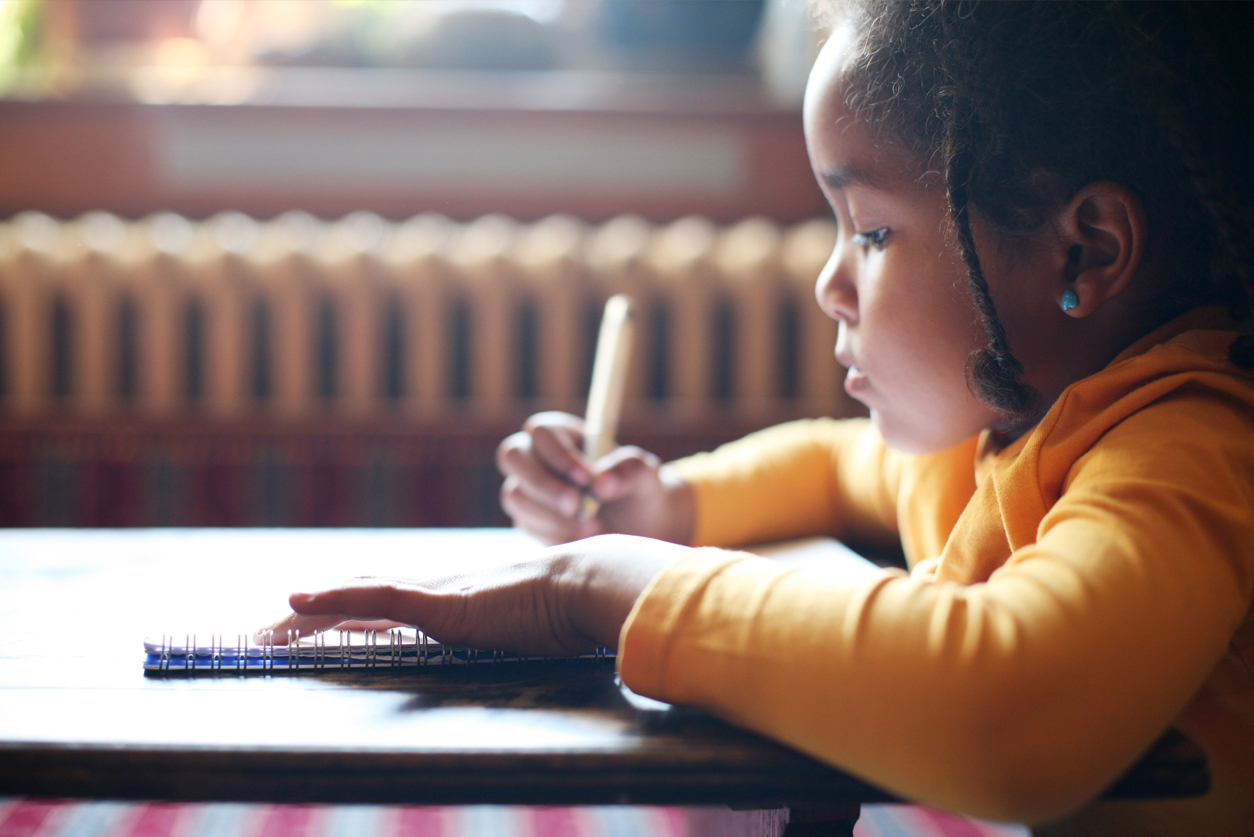With almost no warning, at least 124,000 public and private K-12 schools across the country were forced to shut their doors in mid-March due to COVID-19. The dramatic change has created tremendous pressure to adapt K-12 education to remote learning for 55.1 million students and their families.
The private and faith-based Milwaukee schools that encourage family- and community-centered education were well-positioned to make the switch quickly and effectively. These characteristics have facilitated their growth and success throughout the 30 years of the Milwaukee Parental Choice Program (MPCP), with longitudinal studies showing positive results that matter to students and their families. They are also critical in engaging students in remote learning and supporting parents in taking on a larger role in education as homes have become classrooms. Anecdotally we are already seeing agile responses and the flexibility and capability that a bottom-up choice-school approach creates in making the transition to remote learning.
Not all schools have been as agile, and for some students, education was essentially put on hold. With most schools likely to remain closed for the rest of the 2019-2020 school year, the K-12 education response to COVID-19 bears monitoring at the national, state, and local levels.
First the good news ... after the school closures in mid-March,
- 50% of all public schools began offering remote instruction within 2 weeks
- 80% of schools had switched to some type of remote instruction within 4 weeks
Yet looking deeper, the same challenges of bureaucratic inflexibility and interference with educating children that plague school districts serving students and families at the margins of society remain. A recent article by Frederick Hess at American Enterprise Institute (AEI) explores these issues and presents some disturbing facts:
- 45% of the 82 major school systems tracked by the Center for Reinventing Public Education were providing no instruction 6 weeks after school closures.
- In Los Angeles, the second largest school district in the nation with 735,000 students, the union and district agreed teachers would receive full pay in return for working four hours a day, at times of their choosing, and with no obligation to provide online instruction.
- In the 202,000-student School District of Philadelphia, district policy states that “to ensure equity, remote instruction should not be provided to students, including through the internet, technology at home, by phone, or otherwise.”
Milwaukee Public Schools (MPS) did not require its teaching staff to make remote contact with its 70,000 students and families for more than a month.
More than five weeks after schools closed, the first MPS communication to families regarding virtual learning was sent, with limited options presented.
PARENTAL CHOICE CONTINUES TO PROVE ITS VALUE
The more innovative, child-centric approaches of private and charter schools serving 30,000 students throughout the city have been much more responsive. A check-in with several of the K-12 schools participating in MPCP that we have featured in past Impact Briefs highlights a much more proactive student- and family-first approach to meeting the educational needs of the families they serve. The staff and leadership of these schools have all stayed closely connected to the students and their families throughout the pandemic. Work packets, virtual learning opportunities, and additional basic-needs support to families rolled out as the lockdown started, with ongoing outreach, refinement of services, and follow up continuing to ensure they are meeting the needs of their students and families to the best of their abilities in these challenging times.
- Kingdom Prep Lutheran High School - 13 Wolfpacks of seven to eight boys per pack rendezvous daily to check in on each other – “We thrive or struggle together!”
- LUMIN Schools - 85% of LUMIN’s scholars are participating in distance learning, and to date, LUMIN has loaned 153 Chromebooks to students without a device.
- Messmer Catholic Schools - Teachers, administrators, and staff have personally connected with each of the school system’s 1,300 students, a wellness resource guide was created for families, and teaching/learning began promptly online where it left off at the time of the school closures - including attendance and grading.
- St. Marcus Lutheran School - 120 middle-school students received recognition for special achievement in behavior, effort, merit, and academic performance in a virtual ceremony that has been viewed more than 1,800 times since May 1.
- Wisconsin Lutheran High School - Despite the shift to a virtual format, the school’s Annual Dinner Auction raised $474,000. All sponsors donated their table costs back to the school as a matching gift for the night’s Fund-a-Student Initiative.
Sources: AEI School District Responses to the COVID-19 Pandemic: Round 3, Plans for a Remote Finish, April 27, 2020; Appreciating what schools are doing doesn’t mean giving them a pass,” AEI.org April 28, 2020; Milwaukee Public Schools COVID-19 Update


